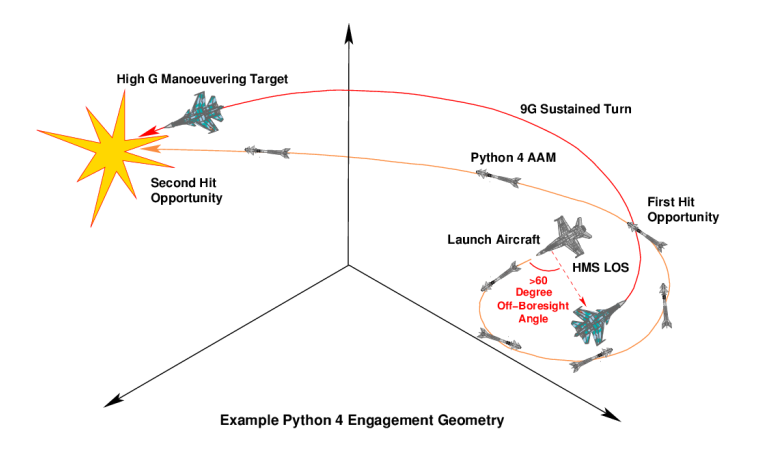average american
New Member
- Joined
- Aug 28, 2012
- Messages
- 1,540
- Likes
- 441
Heres my understanding of US air stratgy for present and future warfare. Missiles Navy has 11000 alone that take out airdefense and communication sites and high priority targets, some of the Missiles with use EMP to take out electronics. The the Drones using antiradiations missiles to further degrade air defense sites. Same time countermeasures willl be used and then along this decoy drones. The the F22 will clean air space up to 500 kilometers from the target, the the USA with go in with the F35 and B1 with powered JDAMs from stand off of about 500 kilometers from the targets. The F35 will deliver the first of the rocket powered JDAMS to further degrade any defenses and the B1 with can carry 180 powered 250 lb Jdams or 80 500 lb Jdams includeing cluster bombs will elimate the target.
After that the B2 and B52 act as bomb trucks with glide JDAMS with ranges of about 50 miles or regulasr JDAMs delivering as many as 20000 in a sortie.
The USA was planning on war with much formidable enemies then we ended up faceing, orignally when all this technology was thought of we were planning on fighting a much superior USSR with more weapons then US forces. Its kind of like the USA planned to fight in the heavy weight division and ended up in fighting in the feathweight division.
The advantage of the F35B is that it will allow US allies to have the advantages of an aircraft carrier with out needing an aircraft carrier, with the F35 B any ship can be an aircraft carrier.
After that the B2 and B52 act as bomb trucks with glide JDAMS with ranges of about 50 miles or regulasr JDAMs delivering as many as 20000 in a sortie.
The USA was planning on war with much formidable enemies then we ended up faceing, orignally when all this technology was thought of we were planning on fighting a much superior USSR with more weapons then US forces. Its kind of like the USA planned to fight in the heavy weight division and ended up in fighting in the feathweight division.
The advantage of the F35B is that it will allow US allies to have the advantages of an aircraft carrier with out needing an aircraft carrier, with the F35 B any ship can be an aircraft carrier.
Last edited:

